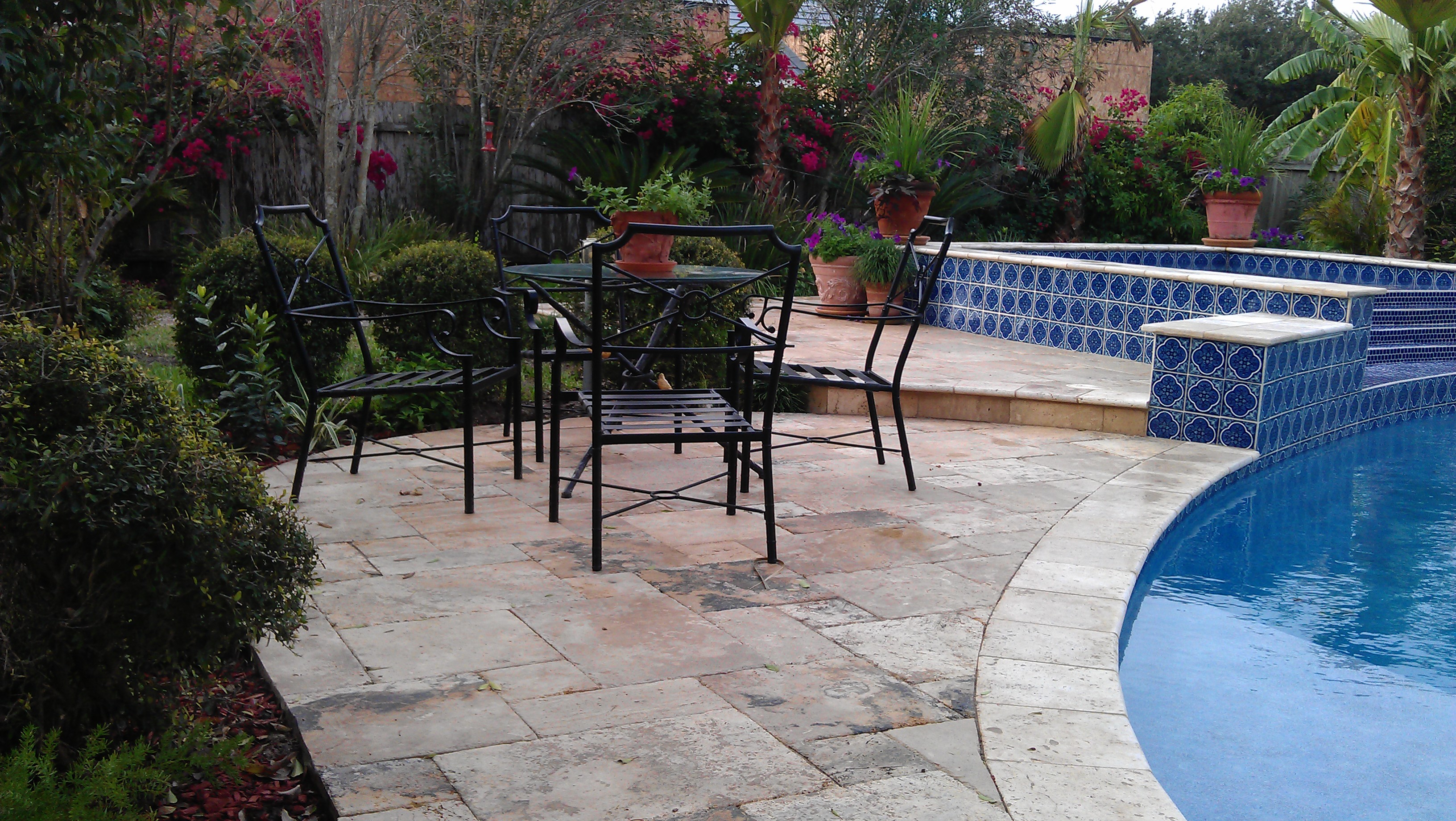Written by Eddie Reyes
There has been much written about the importance of focal points in the landscape. If you’ve considered adding an ornament to your garden but have hesitated because you’re not sure exactly where to put it, here are some pointers. What is a garden ornament? Statuary, birdbaths and feeders, fountains, gazing balls, obelisks, architectural remnants, and boulders are all examples of garden ornaments that you can use to add interest to your garden. Repurposed treasures have a place in the garden, too. Lucky scavengers have incorporated fallen logs, driftwood, rusty tools or machinery, or other “finds” into their landscape to spectacular effect.
As you wander through your favorite garden center in search of the perfect accessory for your garden, keep a few things in mind. Any ornament you choose should be of an appropriate scale. It should be big enough to have visual impact but not so large that it overwhelms its surroundings. Objects that are too small can get lost. Enhancing the mood of a space is another role an ornament plays in the landscape. A classical statue may be lovely in a formal design but might not work in a cottage garden. Silhouettes of fairies may be the perfect whimsical touch for some gardens but would be inappropriate within a garden of clipped boxwood hedges.
Next, look at the material used to make the ornament. If your favorite object is heavy, make sure it can stay outside in our rough winters or have a plan to move it into protected storage. Find out if there are any special care requirements — metal and natural twig pieces may need an annual coating of a protective sealer. Color is another consideration. The pale tones of cast concrete statuary and containers are dramatic against dark backgrounds while black cast iron or wrought iron is best displayed in well lit areas where its detail can be appreciated. Glazed ceramic items add vibrant tones to the garden. Pieces are available in just about any color imaginable that you can use to complement or contrast neighboring plants. If you want to add a bench to your garden, place it where you can appreciate it from afar. Or put it in a utilitarian spot where you might need to rest or a visitor might like to sit and enjoy the view.
Once you’ve chosen a garden ornament for your landscape, there are several guidelines to help you find the ideal location. The eye is naturally drawn to the deepest point of a curve. An ornament in this spot will be effectively framed by surrounding plants. The human eye can visually estimate the center point of a circle with remarkable accuracy. An object located in the exact center of a round garden is sure to be noticed.
When you consider the view from inside your home, an ornament can be enjoyed from the indoors as well as out. If the decorative appeal of your ornament is very detailed, find a place where it can be appreciated at close range. Use garden ornaments to create a mood in your outdoor space. The soothing sounds of a fountain, for example, might be best appreciated near a quiet seating area where you like to unwind.
Bird-friendly features should be located close to sheltering plants to provide a refuge for your feathered friends. Place a birdbath relatively close to a water source, and you will be more likely to keep it filled with fresh water. A well-placed ornament can also direct movement through the garden either by suggesting a destination or by echoing other garden forms. An object can also be used to fill gaps in the border caused by seasonal plants, and it can add needed structure in an expanse of ground cover.
Garden ornaments give you the chance to make your landscape distinctively yours and to express your own unique style.







